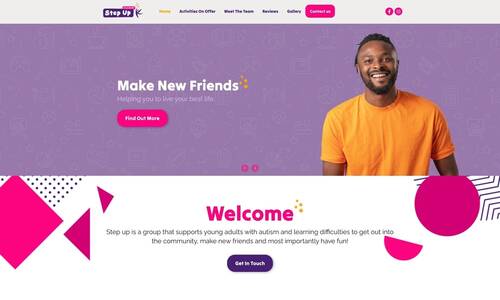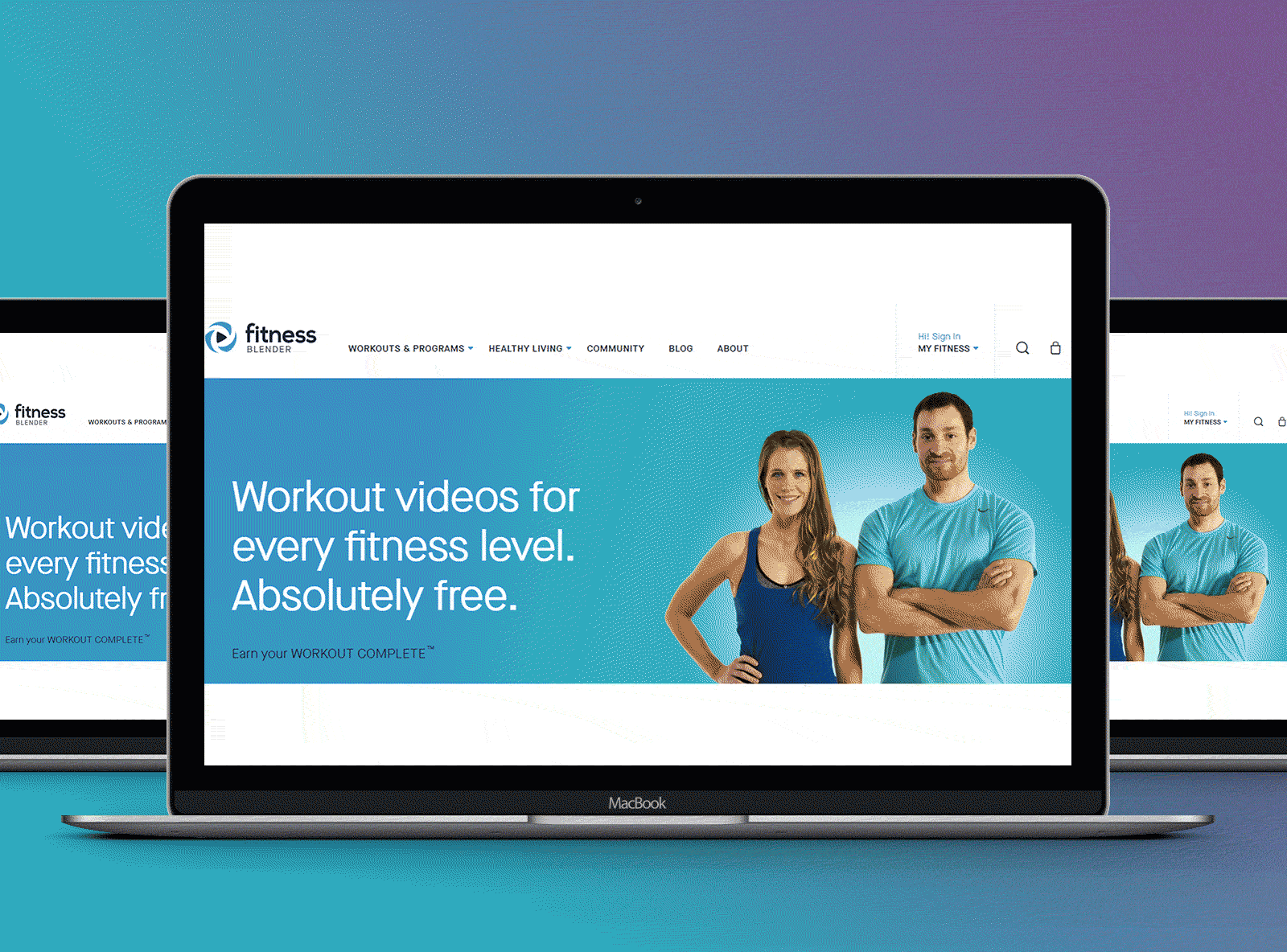Website Design in copyright: Combining Creativity and Functionality for Your Site
Website Design in copyright: Combining Creativity and Functionality for Your Site
Blog Article
Necessary Tips for Crafting High-Impact Site Layouts
In the world of digital advertising and marketing, the style of a web site offers as an important touchpoint for involving possible clients. To produce high-impact website styles, one have to think about necessary components such as audience understanding, customer experience, and visual hierarchy.
Understand Your Target Market
Comprehending your target market is basic to efficient site layout. A web site that resonates with its visitors is usually the result of thorough study and understandings right into customer demographics, choices, and habits. Identifying target individuals enables developers to tailor web content, visuals, and functionalities that satisfy their particular requirements, enhancing interaction and complete satisfaction.
To successfully recognize your audience, begin by conducting demographic analyses to gather data on age, gender, area, and interests. This details acts as a foundation for producing user identities, which represent the essential attributes of your target audience. These personas guide decision-making in layout aspects and material technique, guaranteeing alignment with individual assumptions.
Additionally, assessing individual habits via devices like Google Analytics can disclose how visitors communicate with your website. Metrics such as bounce rates and time on page can highlight locations that need improvement or modification. Customer surveys and comments also provide very useful insights into preferences and pain factors.
Ultimately, a deep understanding of your target market is not simply beneficial yet necessary. It encourages developers to develop even more pertinent, attractive, and practical internet sites that cultivate a positive individual experience and drive preferred outcomes.
Prioritize User Experience
When designing a website, prioritizing user experience (UX) is critical to achieving both user satisfaction and organization purposes. A well-crafted UX makes certain that visitors can browse the website easily, find the information they require, and engage with content successfully. To accomplish this, it is critical to take on a user-centered design technique that entails understanding user needs, choices, and behaviors.
Begin by performing detailed research study, including user surveys and functionality testing, to gather insights into exactly how users engage with your website. This data need to inform layout choices, making sure that formats and features straighten with user expectations. Streamlined navigating is important; site visitors should be able to locate information promptly without unneeded clicks or confusion.

Lastly, make certain that your site comes to all customers, including those with disabilities. Sticking to ease of access criteria not just expands your target market however additionally fosters inclusivity. By prioritizing UX, you lay the foundation for an effective internet site that satisfies both individual needs and service objectives.
Embrace Visual Hierarchy
A well-structured visual pecking order plays a substantial role in boosting customer experience by leading site visitors' focus to the most crucial elements of a site. By strategically arranging material, developers can produce a clear path for customers to adhere to, ensuring they involve with crucial info effectively.

Furthermore, the positioning of elements on the web page is critical. Leading the viewer's gaze via the design can be accomplished by positioning useful link crucial information at the top or in the center, where individuals normally begin their aesthetic trip. Integrating whitespace around aspects can likewise boost clarity, making it much easier for users to process details without really feeling overwhelmed.
Last but not least, using typography properly adds to visual hierarchy. Various font weights, dimensions, and designs can denote relevance, assisting customers through the material perfectly. By accepting these concepts, designers can produce an intuitive experience that cultivates interaction and motivates users to discover better.
Enhance for Mobile
Mobile optimization is necessary in today's digital landscape, as a substantial part of web traffic comes from mobile phones. To guarantee a smooth user experience, internet sites must be developed with mobile customers in mind. This entails employing receptive web layout techniques that adapt the format, images, and text to fit different screen dimensions while keeping capability and appearances.
First, focus on filling speed, as mobile customers frequently run on slower networks. Maximize images and decrease code to boost performance. Furthermore, navigation ought to be intuitive; consider carrying out a simplified menu that permits simple access to essential pages without overwhelming users.
Touch targets, such as switches and links, have to be suitably sized, guaranteeing they are easily tappable without mistakes. Furthermore, make certain that forms why not try this out are mobile-friendly by lessening input fields and using dropdowns where relevant, streamlining the customer experience.
Last but not least, examination your site throughout different smart phones and web browsers to determine any kind of concerns that may affect usability. By focusing on mobile optimization, you not only enhance individual complete satisfaction yet additionally positively affect your site's online search engine position, thus drawing in even more site visitors and boosting overall involvement.
Implement Strong Branding
A well-defined brand name not just distinguishes you from rivals yet also cultivates trust fund and commitment among your audience. This identification should be reflected consistently throughout all electronic touchpoints, including your site, social media, and e-mail interactions.
Visual aspects such as logos, color systems, and typography play a crucial duty in branding. Pick a color scheme that reverberates with your target audience and mirrors your brand character. Make sure that your logo design is functional and prominently presented on your web site, boosting brand name acknowledgment.
Content is similarly crucial; your tone of voice must align with your brand name identification, whether it's specialist, pleasant, or reliable. Engaging storytelling can even more reinforce your brand name, producing a psychological connection with customers.
Conclusion
In final thought, crafting high-impact site designs necessitates a multifaceted method that includes comprehending the audience, prioritizing customer experience, and accepting aesthetic hierarchy. By integrating these elements, internet sites can effectively involve customers, help with smooth navigating, and foster emotional links that boost brand name identification.
To create high-impact web site layouts, one should consider vital components such as audience understanding, individual experience, and aesthetic power structure.When designing a site, prioritizing user experience (UX) is paramount to achieving both individual contentment and business purposes.Begin by carrying out comprehensive research study, including customer studies web link and use testing, to collect insights right into just how individuals connect with your site. To guarantee a seamless customer experience, sites must be developed with mobile users in mind.In conclusion, crafting high-impact web site layouts requires a multifaceted technique that incorporates understanding the audience, focusing on individual experience, and accepting aesthetic power structure.
Report this page